Having the right product dimensions for children is the first step, but there are several additional factors than can help provide users (in this case children), a fulfilling experience.
When we press a button, there is a lot of feedback that we expect from it to let us know that things worked. For example (not all need apply in every circumstance):
- Buttons move, reassuring us that we exerted the right pressure
- Buttons make a sound, letting us know that we took it to the right point
- Buttons need to have just the right amount of force exerted to them to work
- They can be visually identifiable
- They can trigger an action either within the button, or through a screen notification, sound, etc.
I am not a big fan of small buttons in electronics. They fulfill a purpose but sometimes it's hard to tell if you pressed it. And the mechanical design is just harder :)
We shopped around and evaluated a lot of options. My favorites were the 7TR12S short travel key switches by Biwin (Data sheet in components). These have the right force for children (3.5N), a nice travel and feedback sound. I just don't like that stock is variable, and the prices have been increasing lately.
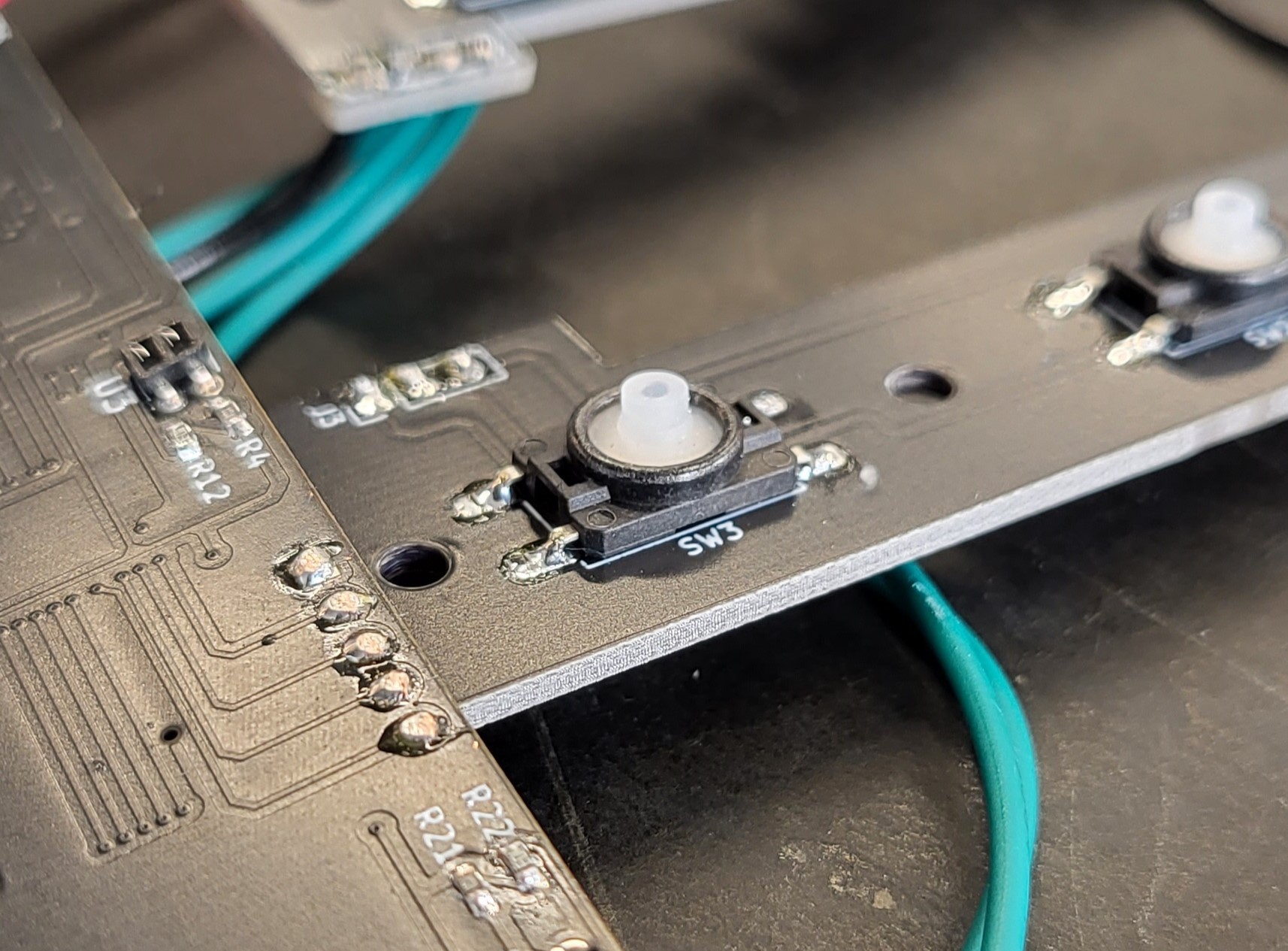
When children are learning fine motor skills, it is important to give them a healthy dose of variety. Otherwise they get confused, and eventually bored. So, buttons should be somehow different, for different actions. But components are expensive and it's better to buy in bulk. I added two of the same slide switches with a different color and tactile feedback, one push button just like the ones on the back, and the dial is 3d printed.
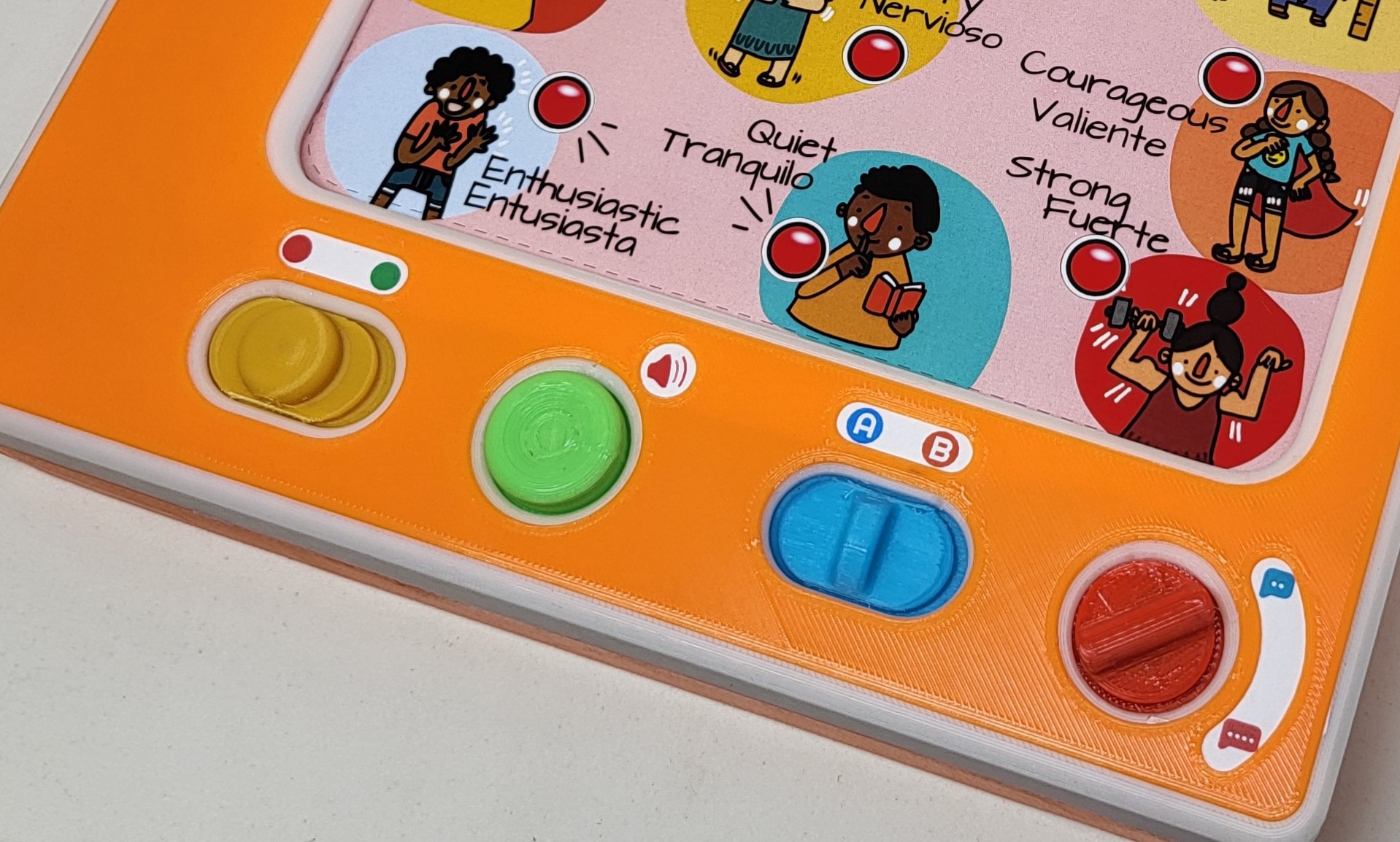
Dials are expensive and clunky. And you still have to design something that fits their mechanism, in case you don't like the industrial feel most of them have. Inspired by multimeter dial designs, Sabas and I worked a fairly simple solution. It involved making a circuit with two positions using PCB traces, a small metallic piece, and some 3D printed parts. The spring action took a little while to get right, but overall the results are interesting and the dial works!
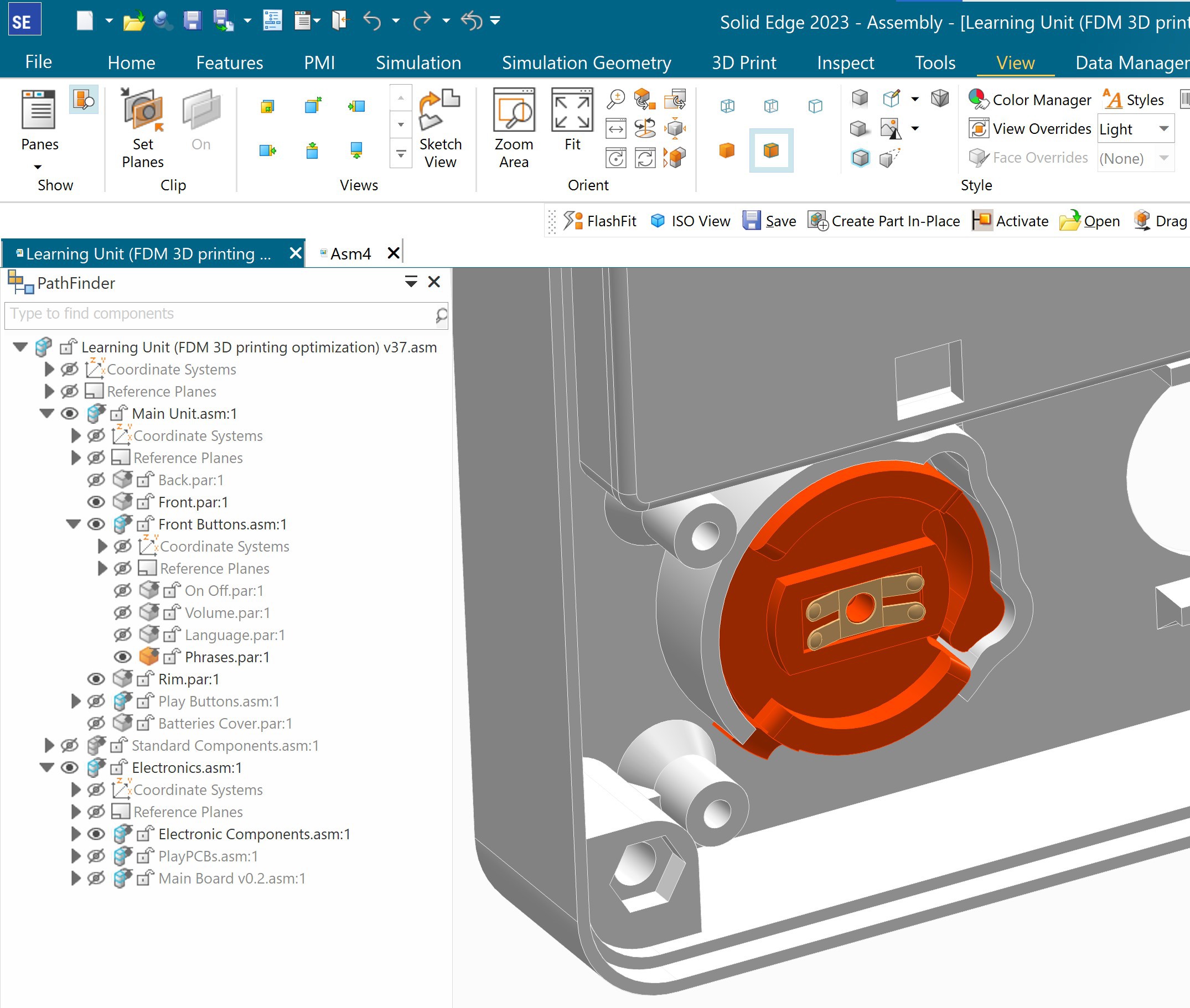
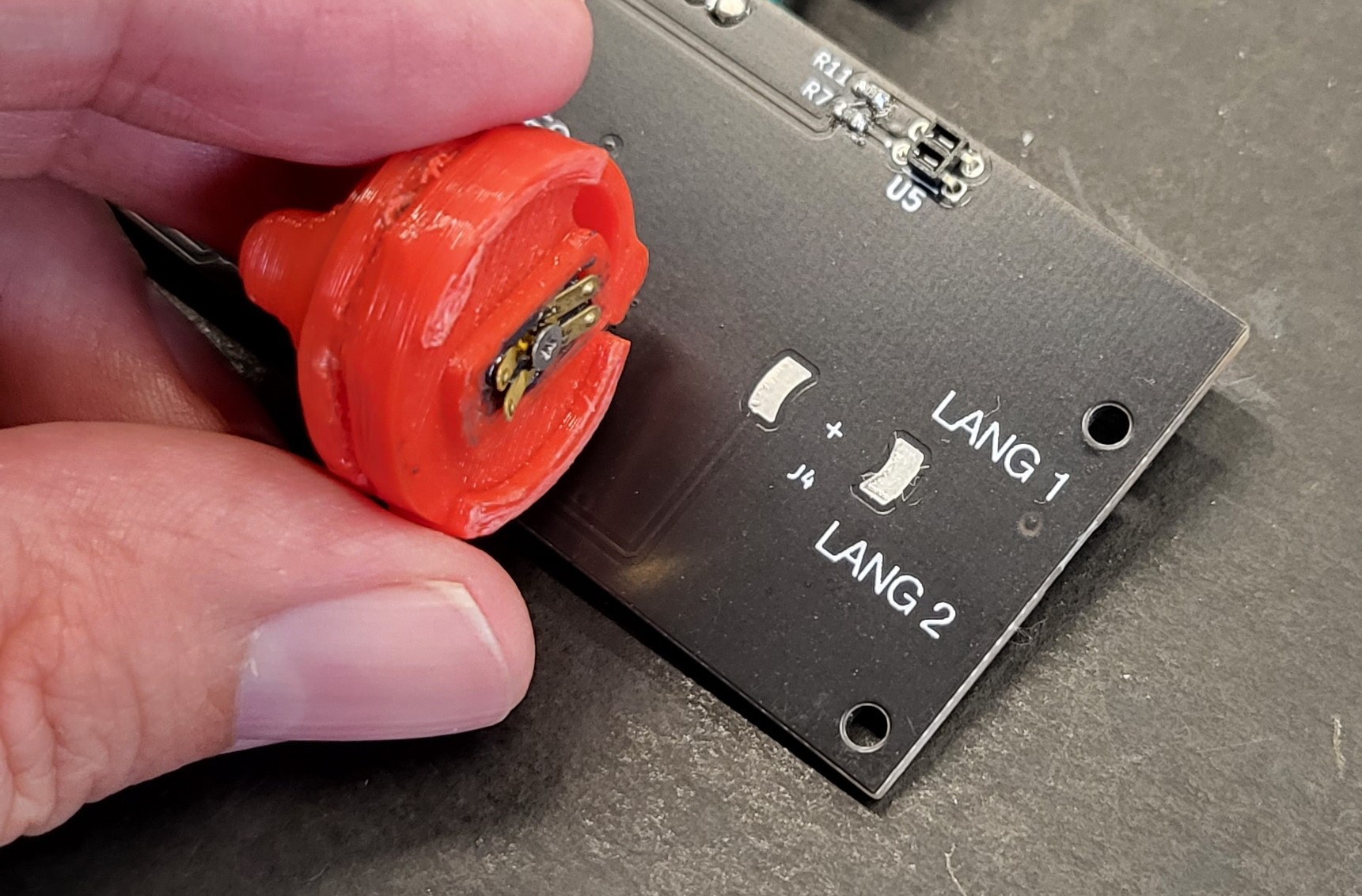
The original button indicator on the paper was a simple dot, but we added a thumbprint instead. I like it. Which one do you prefer?
When I showed the device to my 5 year old she quickly picked up the pace. I was pleased but not surprised. It's designed with the same visual language as all her toys and tools. What I did find surprising is that I gave it to the little one, he's 1 year and 2 months old, and he quickly went for the buttons on the paper! That was a surprise.
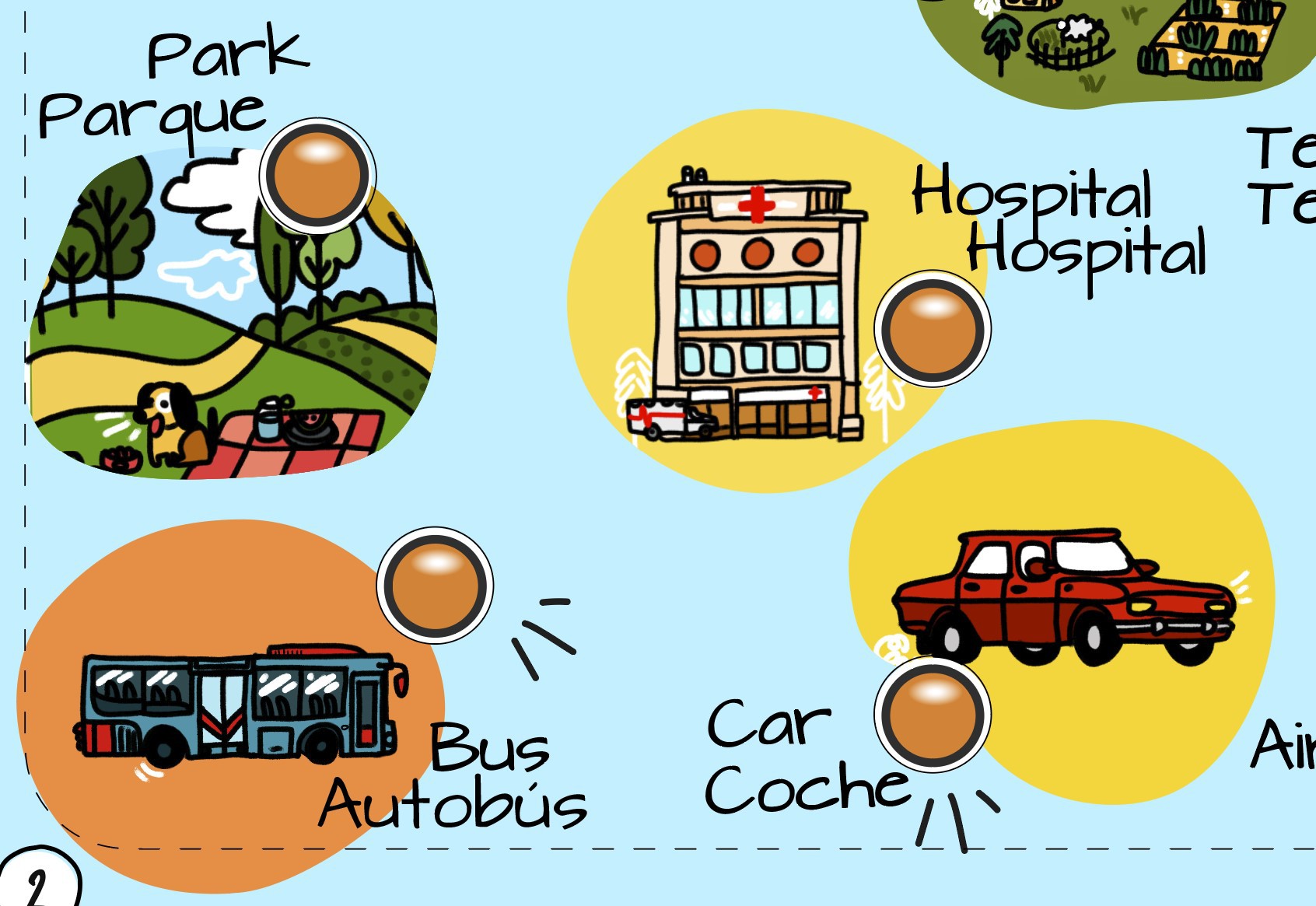
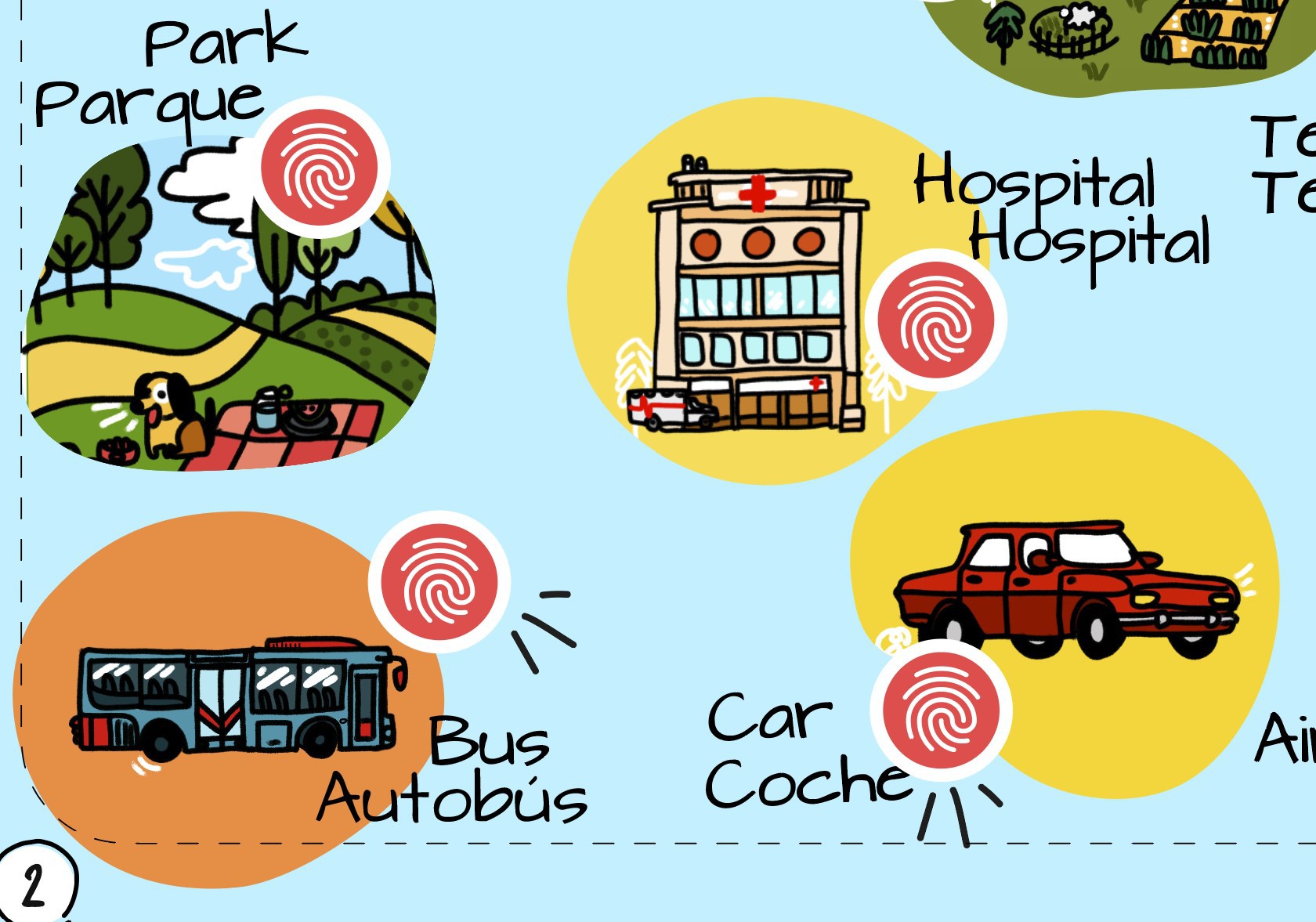
 Giovanni
Giovanni
Discussions
Become a Hackaday.io Member
Create an account to leave a comment. Already have an account? Log In.